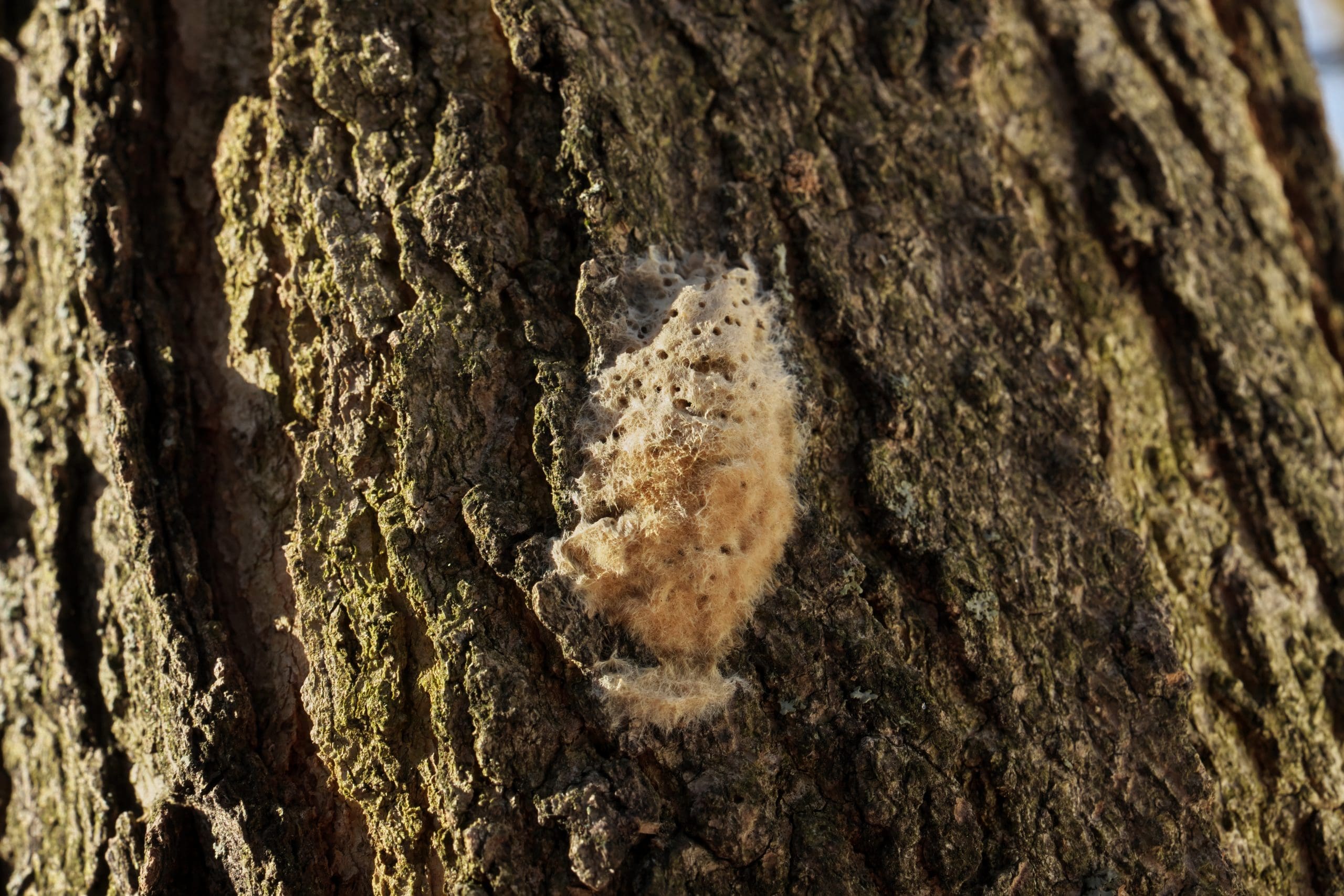
Clients might think in the winter there are no lawn or landscape matters to concern themselves with, but this a prime time to monitor and eliminate overwintering pests that can become a problem in the spring.
While one can hope the freezing temperatures will kill off all of these troublesome insects, many can survive as egg masses or by seeking shelter in plant debris. Take the time to educate your customers on why overwintering insects should be handled now, and you’ll also have fewer headaches to deal with come springtime.
Types of Overwintering Insects
While not all overwintering insects are bad, and some are even beneficial, there are others that can be quite detrimental to plants or a particular nuisance. These are some of the common culprits to be on the lookout for.
Defoliators like gypsy moths, Eastern tent caterpillars and fall cankerworms lay overwintering eggs masses on twigs, branches and trunks. Gypsy moth egg masses are tan-colored lumps about the size of a nickel or a quarter. Eastern tent caterpillar egg masses are 150 to 400 eggs and are covered with a shiny, black varnish-like material and encircle branches that are about pencil-size or smaller in diameter. Fall cankerworms have single-layered masses of flower-pot-shaped eggs on smaller branches.
Bagworms also pass the winter as eggs, but their eggs are inside bags that served as cocoons for last year’s females. Adelgids like the Eastern spruce gall, cooley spruce gall and hemlock wooly adelgid overwinter as immature females.
Soft scales like Tuliptree, Magnolia, Fletcher, Calico, Lecanium, Cottony Maple and Cottony Camellia all overwinter as nymphs on twigs or branches on deciduous trees and shrubs. Armored scales overwinter as first instar nymphs and adult females.
Most aphids overwinter as eggs, but some overwinter as adult females. While aphids often don’t cause permanent plant damage, their sticky honeydew can result in sooty mold appearing on the affected plants. This can drastically reduce the vigor and beauty of ornamental plants.
Control Methods
Fall cleanups not only help provide a tidy landscape going into the winter, but they can also remove hiding places for some overwintering insects. Plant material infested with insects should be disposed of over rather than composted.
Tilling the soil to incorporate amendments can also unearth pests overwintering in their pupae stage, like seed, root and bulb maggots and leaf miner species.
For the insects with overwintering egg masses on plants, these can be removed manually or pruned out. If there are too many egg masses, or they cannot be reached, you can note treatments will be needed next spring.
Dormant oils can also be sprayed on shrubs and the bark of trees to suffocate the insects before they become active in spring. Dormant oil is effective for scales, aphids, bagworms and more. Note that dormant oils should not be sprayed when there is a danger of freezing or if plants have already emerged from dormancy.

